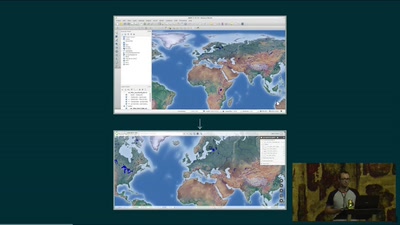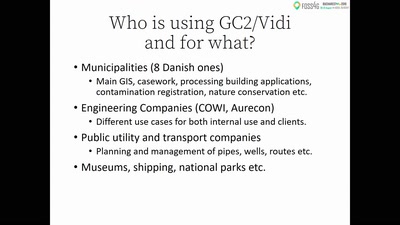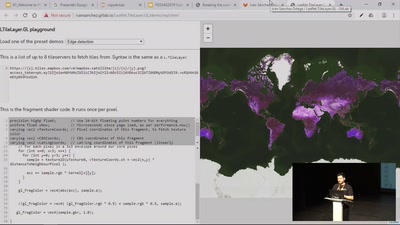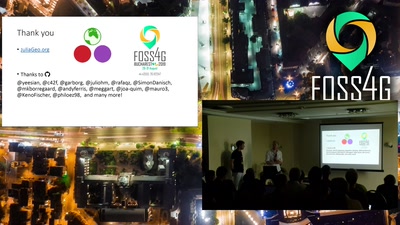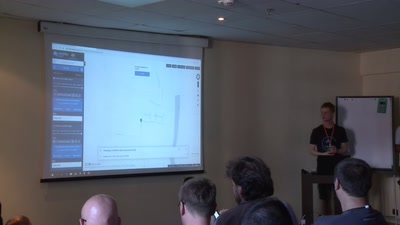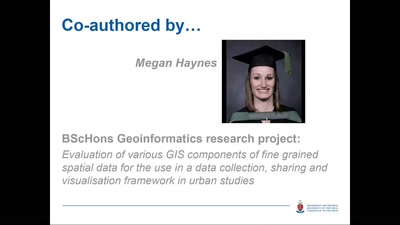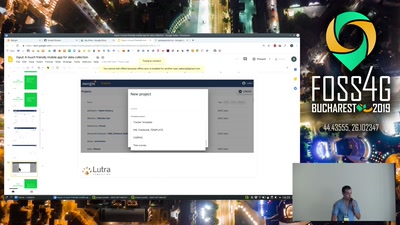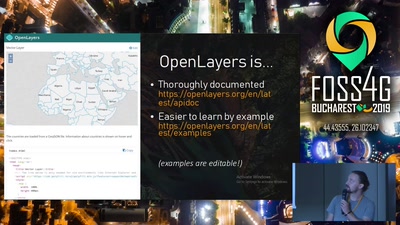Lutra Consulting and Peter Petrik
Most real world features can be presented as vector or raster layers. In open source world, GDAL provides a comprehensive set of tools to interact with such datasets. But vector or raster is not always a suitable description of real world features. Data from oceanography, metrology, hydrology, etc often have multiple components at each location on an irregular structured mesh. A **mesh** can a collection of vertices, edges and faces in 2D or 3D space: - vertices - XY(Z) points (in the layer's coordinate reference system) - edges - connect pairs of vertices - faces - sets of edges forming a closed shape - typically triangles or quadrilaterals (quads), rarely polygons with higher number of vertices  Mesh gives us information about the spatial structure. In addition to the mesh we have **datasets** that assign a value to every vertex. For example, ice cap thickness at particular moment of time. A single file may contain multiple datasets - typically multiple quantities (e.g. water depth, water flow) that may be varying in time. None


